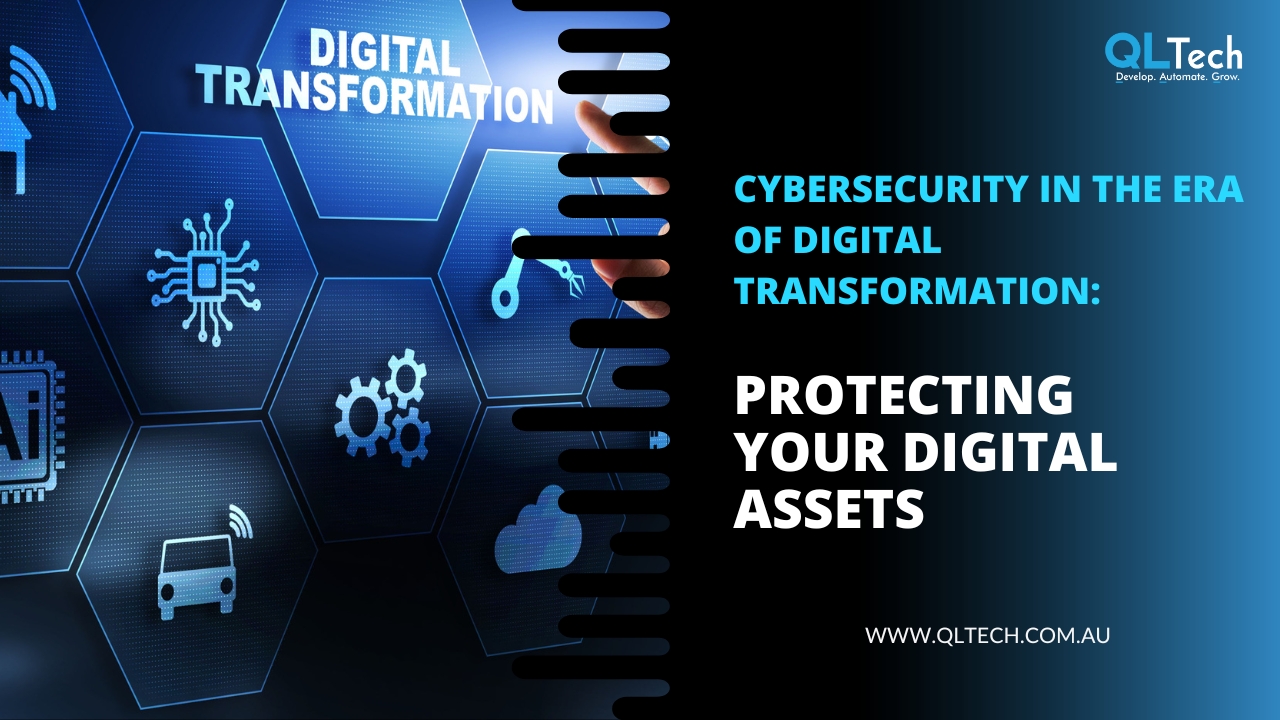In the heart of the arid desert, where sands once ruled unchallenged, a transformation of epic proportions is underway. The UAE, long celebrated for its audacious architecture and futuristic ambitions, is now spearheading a revolution—building smart cities that pulsate with the rhythm of digital life. But what lies beneath this shimmering facade of innovation?

The Plot Thickens: A Digital Renaissance
In the early 2000s, the UAE’s vision of smart cities might have sounded like science fiction. Today, it’s an undeniable reality. Cities like Dubai and Abu Dhabi are not just adopting technology; they are being reborn through it.
From real-time traffic management systems to AI-driven public services, the backbone of these initiatives is dynamic, adaptive, and intuitive web platforms. But these systems are more than just functional—they’re learning, evolving, and adapting.
A Web of Intrigue: The Role of Web Development
The UAE’s smart cities operate on a digital web that connects residents, infrastructure, and governance. Web developers are tasked with creating interfaces that translate complex data into actionable insights. For instance:
- E-Governance Portals: Seamlessly connect citizens with services like visa renewals, healthcare, and education.
- Smart Building Systems: Use IoT and AI to control energy consumption, water use, and security in real-time.
- Interactive Urban Planning: Platforms allow citizens to visualize city projects and provide feedback, ensuring transparency and collaboration.
But here’s the twist—these platforms must handle immense data volumes, maintain ironclad security, and ensure user-friendly accessibility, all while remaining scalable and future-proof.
The Suspense Unfolds: Challenges Lurking in the Shadows
Every story has its antagonists, and the journey toward a digital utopia is no exception.
- Cybersecurity Threats: As cities become more interconnected, they also become more vulnerable to cyberattacks. How do you safeguard an entire city from the unseen enemy lurking in the shadows?
- Data Privacy: With so much data being collected, where do you draw the line between convenience and intrusion?
- Tech Adaptability: The rapid pace of technological advancement means that today’s cutting-edge tools could be obsolete tomorrow.
These challenges demand innovation, resilience, and relentless vigilance.
The Climax: A Future Unveiled
As the UAE’s smart cities rise, they illuminate a path forward for the rest of the world. Yet, the story is far from over. Each click, each line of code, is another chapter in a suspenseful tale of transformation.
Will the UAE’s vision of a fully integrated smart city become a global benchmark? Or will unforeseen challenges rewrite the script? The answer lies in the hands of developers, visionaries, and citizens who dare to dream beyond the ordinary.
From desert sands to digital marvels, the UAE’s journey is nothing short of extraordinary. And for those living in this ever-evolving landscape, every day is a chance to be part of the suspenseful narrative of innovation.


